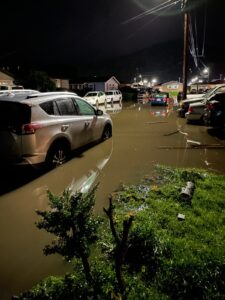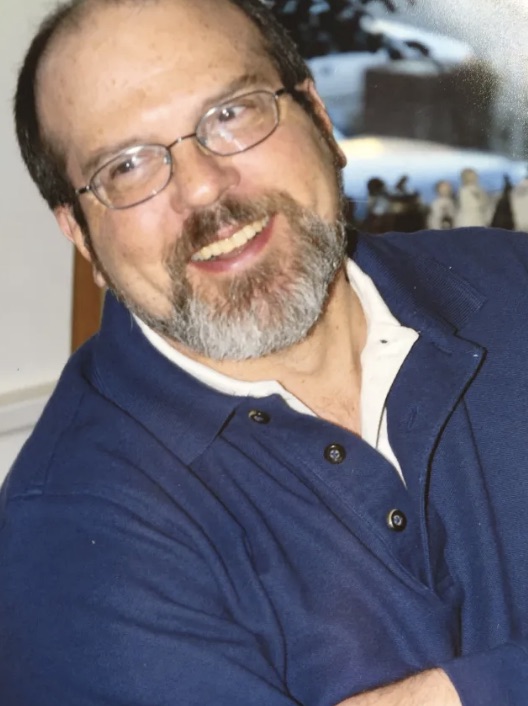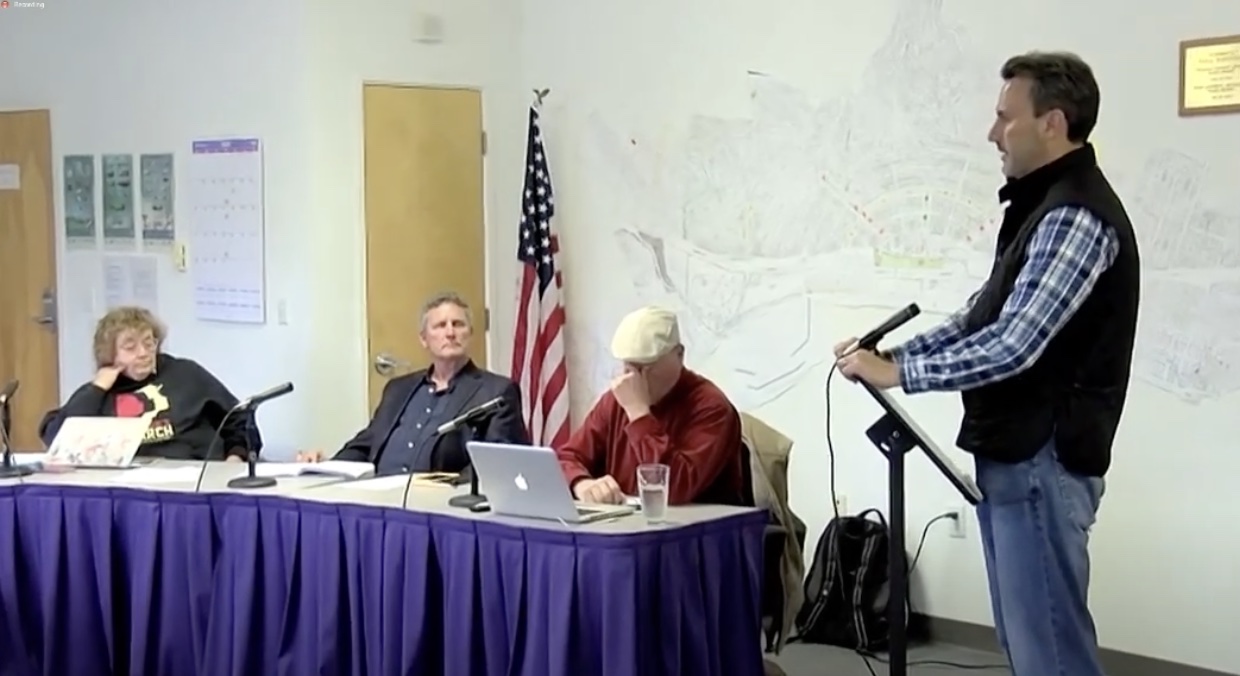|
Getting your Trinity Audio player ready...
|
OWN VOICE. ~ InPerspective by Gregg Dieguez —
Footnotes: to use, click the bracketed number and then click your browser Back button to return to the text where you were reading.
Images: Click to enlarge for improved readability in a new window.
 1. Cost of Water and Sewer. I have a concern that we’re looking at the tip of an iceberg in the financial sustainability issues surrounding our water and sewer systems. You see the emerging tip of the iceberg in rate increases pending in HMB and Pacifica. I’m working on a research paper with knowledgeable folks across the U.S. and into Europe.
1. Cost of Water and Sewer. I have a concern that we’re looking at the tip of an iceberg in the financial sustainability issues surrounding our water and sewer systems. You see the emerging tip of the iceberg in rate increases pending in HMB and Pacifica. I’m working on a research paper with knowledgeable folks across the U.S. and into Europe.
My concerns begin with a simple question…
Assume a public works district with assets worth $100 million in current replacement cost.
Assume they’re 50% into their useful life.
How much should the district have today in spendable capital reserves (cash and liquid investments)?
To me, they should have in cash reserves today, about $50 million, and both the reserves and the replacement costs of the assets will grow annually with inflation and interest, and the district needs to have ongoing user rates sufficient to accumulate more reserves to meet the growth in future replacement costs for the other half of its assets. I can assure you that is not the norm in our County or our Country. I hope to come up with a method for “scoring” the capital adequacy of public works agencies shortly, and then to apply it to the each of public works agencies we know and love here on the MidCoast. Expect a series of articles in coming weeks and months. Also expect rate increases.
2. Will the emergency exemption for tree removal permits (e.g. eucalyptus) be extended?
You may recall the unnecessary costs and delays preventing homeowners from clearing fire hazard trees from their properties. Last year we got the County (thanks Danny Terwey, et al) to markedly reduce those barriers. I am now told by County staff: “We will be extending it for at a minimum another year! Extending it for a longer period of time may have more legal requirements of the County.” So continued, but temporary, Good News.
3. Off-leash Still In the Running:
At the Thursday March 3rd, 2022 SMC Parks Committee Meeting Director Calderon said they are revising the Off-Leash Dog Pilot Program and will appeal it to the Board of Supervisors. You may recall the MCC and the Planning Commission recommended against the pilot program in both Quarry Park and Pillar Point Bluffs, leaving dog owners without a Bark, err, Park. My understanding is that the revised submission will include Quarry Park only, but stay tuned.
4. Is the Board of Supervisors off-leash?
Two items at the March 8th Board of Supervisors’ meeting were brought to my attention by concerned citizens and I see some issues. For one thing, there were 24 items on the Consent Agenda, which doesn’t get direct discussion, and only 4 on the Regular Agenda, which does. And the money disparity was also enormous, approximately $10 million undiscussed in Consent and under $100k in the Regular. That doesn’t sound right.
A. The County is purchasing part of the Big Wave lands for ~$2.5 million
Why? Per the agenda item: “The County’s Waterfront Zoning District Regulations applicable to the Property allow marine-related assembly and educational uses. Potential uses include a community center, a nature center, general open space designation, and agricultural use. Any future development would be subject to a Coastal Development Permit at the time of project submittal.” No property assessment was mentioned to substantiate that value. Previously, County staff have been working to assist the developer, and Big Wave had agreed to fund $1.6m in infrastructure costs for the roads and areas around the construction site. Residents are seeing this as the County paying overdue bills for the developer by buying a parcel in a Tsunami impact and earthquake zone, rather than having the developer pay his bills. And this relates to the item below.
B. Non-competitive consulting bid to raise taxes:
There’s one part of this issue that makes sense, and two that don’t. The County has retained Terris Barnes Walters Boigon Heath Lester, Inc. (“TBWBHL) to explore options for a potential revenue measure to address climate resiliency and wildfire mitigation. The engagement makes sense in light of the tens to hundreds of millions of dollars that might be needed for climate change adaptation county-wide, and locally, for removing and re-vegetating our incendiary eucalyptus groves. The recent vote was the 2nd amendment to an original contract for $22,500 and increases the not-to-exceed amount by $637,000 to $835,000. I can accept a non-competitive bid for $22,500 of consulting services as de minimis for the County, and to define the scope of a subsequent larger engagement with real work. But when the project grows to $835,000 without competitive bidding, I call that unacceptable, and maybe more. Further, where’s the defined need, in terms of a list of projects? Where’s the funding plan, hopefully including lots of grants from the State and Feds. The creation of the Local Hazard Mitigation Plan was supposed to help address that. So the County is paying a consulting firm for “outreach”, and those of us who saw the “outreach” during early phases of Connect the Coastside would call it Propaganda and/or Manipulation. I’ll skip the details here, but I see “influence” and not “outreach” as the purpose. However, it’s for a logical reason, just not a well-documented one.
But notice the contrast between item B and item A above. The County is gushing enough money to help a developer pay his overdue bills, but telling us it’s raising taxes to fund climate mitigation? The last sales tax increases I remember thinking: “this is about funding the Billion Dollar Unfunded Pension Liability”. The County is continuing to spend on lots of ancillary stuff, rather than pausing those expenses, and looking at the long term picture, and THEN raising taxes for designated work. I won’t support a parcel tax unless it’s segregated for earmarked climate change purposes, and I want to see what those are, and have accountability for the costs and the benefits of those projects. And by accountability I mean not just financial reporting, I mean quantified benefits with the full lifecycle costs of the projects involved and restitution paid if the benefits aren’t achieved. No putting more money in the not-so-petty cash drawer that Measure K funds have become. In fact, reform that as well. People have said that Measure K money is each Supervisor’s ‘re-election fund’ because they get to do favors for various constituencies without appropriate oversight and controls (e.g. funding high school graduations).
If you can document how the above expenditure approval process makes sense (e.g. $10M un-debated, vs. $100k discussed), please let me know. As someone who lives under Brown Act restrictions about discussing things with other MCC council members, I can’t fathom how 24 items can get approved by the Council without them discussing them. Well, maybe I can understand that, but it’s not a happy thought.
5. On the other hand: Multi-modal Trail:
The BoS agreed to fund $3,483,652 for the Midcoast Multi-Modal Trail Improvements Project. That should be a good thing out here.

6. Reporting sewer spills: I’ve written several articles on sewer spills/overflows, and how some believe cities are attempting to hide the reality. One article tangentially related to that topic got feedback saying I had it wrong regarding the procedure for reporting them. The comment made was: “The ONE thing someone from HMB to Montara should do if they see an SSO occurring, is to call SAM @ 650-726-0124. Gregg’s info above is bad info.” I don’t believe I was wrong, but I do want to be clearer. In that article Item 2 says: “File a complaint about the SSO and notify your local agency to fix it and clean up“. The issue is: which agency?, and I didn’t specify. In our area MWSD, GCSD, and HMB each offer separate sewer collection systems. You can call any of them but starting with SAM, which is contracted to do the cleanup work, is fastest on the MidCoast.
Separately, and this is the larger point I was making, given recent allegations that spills were not being reported: Do you trust your local agency is dealing in good faith with sewer issues? In Pacifica and HMB, for sure, some people already do not believe so. So reporting an issue as well to the RWQCB is one way of increasing transparency. Even the RWQCB approach (described here) has its limitations. When I contacted them, I got 3 different email replies from 3 different people providing slightly different reporting options. I wish that we had a Citizen Complaint Database where we can track issues ourselves to ensure followup. When you’re dependent on the government, you’re dependent on the government, and we can see that doesn’t always work out for the best (see also, Crisis, Opioid)[1].
FOOTNOTES:
[1] INACTION ON OPIOID CRISIS
In Feb, 2002 I/we presented testimony to the Senate Health, Education, Labor, and Pensions Committee (Sens. Ted Kennedy, Patty Murray, et al) which showed evidence that an opioid crisis had developed since the late 90’s, and recommended a novel ‘internet surveillance’** approach to gather information that the FDA and the manufacturer, Purdue Pharma, didn’t seem to want to see. The FDA doesn’t seem to like feedback that its approved drugs have to be withdrawn; that’s embarrassing. Drug manufacturers want to keep making money. Of course, nothing was done with our recommendation, and by about 2018 it reached such a massive scale that you now see the lawsuits and widespread health damages. So when I say that our government doesn’t always want to know about problems, that’s part of my lived experience.
__________
** It was 2013 before Edward Snowden disclosed that our government had such a surveillance program. I wonder if the FBI/NSA copied us?
More From Gregg Dieguez ~ InPerspective
Mr. Dieguez is a native San Franciscan, longtime San Mateo County resident, and semi-retired entrepreneur who causes occasional controversy on the Coastside. He is a member of the MCC, but his opinions here are his own, and not those of the Council. In 2003 he co-founded MIT’s Clean Tech Program here in NorCal, which became MIT’s largest alumni speaker program. He lives in Montara. He loves a productive dialog in search of shared understanding.
—————————————–





